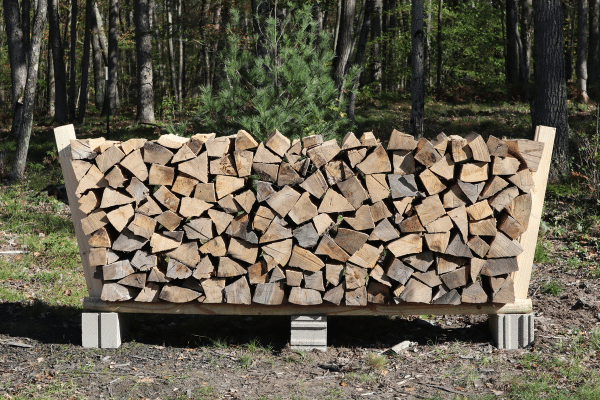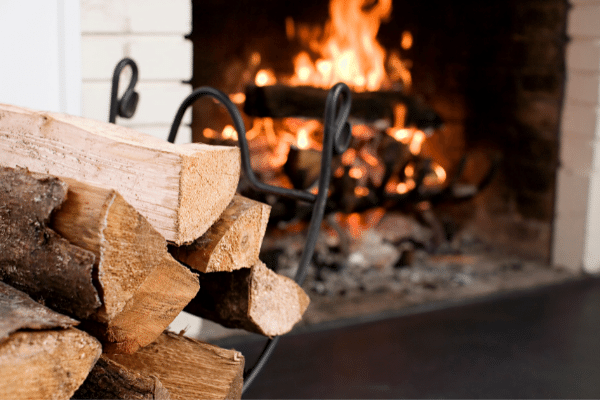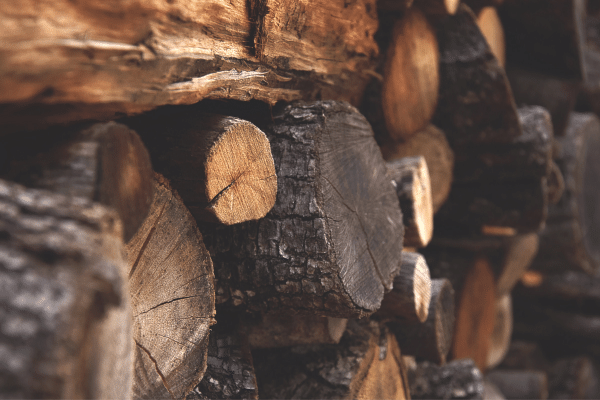- Home
- Storing Firewood
- Is Fir Good Firewood
Is Fir Good Firewood?
This post may contain affiliate links so I earn a commission.
Fir trees are highly abundant and easily accessible throughout the world, but regardless of their availability....is fir good firewood?
Like most firewood, the answer here will depend on what you’re hoping to get out of your firewood.
Are you burning the wood in a wood stove, a fireplace, or just a campfire outside?
If you’re cooking over the fire, you want something different than what you use to heat your entire home.
So, when is fir the right choice for firewood?
There are several different species of fir trees including the well-known Douglas fir, white fir, balsam fir, grand fir, and so many more.
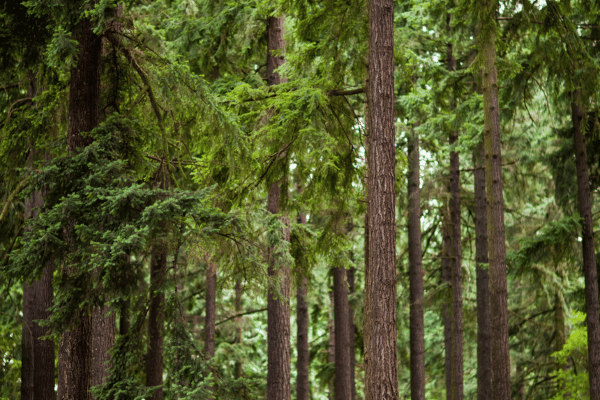
The differences between these species actually make a slight difference in how they burn, making it well worth examining each species individually.
Overall, fir is one of the best conifers to choose for firewood.
It has a heating value in the middle, doesn’t leave much ash behind, is widely available, and can be really easy to split.
Fir As Firewood
All of the different factors that go into what makes a good firewood can be easily looked at when examining fir in particular.
From the very start, you want a tree that is easy to split, season, burn, and clean up after.
For that reason, we’ll look at how fir splits, how hot it burns, and what kind of mess it leaves afterward.
Is Fir Good Firewood to Split?
As fir trees age, they become significantly easier to split over time.
The older trees that have been felled and left to season for a year will split evenly and easily without causing too much trouble.
Fir typically grows with straight grain patterns and few knots, making it an easy wood to split.
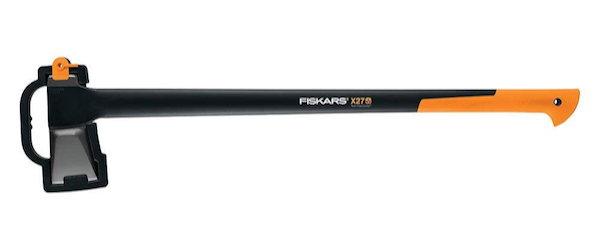
The even grain is a wood cutter’s dream since you rarely have to fight your way through a lot of knots in the wood.
Because fir is a softwood, it typically only needs between six and twelve months to season.
Unlike other hardwood trees, you can go ahead and start splitting the wood almost immediately, but will also make it easier on yourself if you drop the tree and wait a while before going to split it up.
Burning Temperature and Time
In general, fir burns at a medium temperature around 600 degrees Fahrenheit.
This is generally considered a bit lower, but it’s actually what you want when trying to heat a house over a long period of time.
Fir is a denser softwood, meaning it will burn slowly and at a lower temperature that can be used for long-term heating with little maintenance.
It’s a great log to throw on when you want to sleep through most of the night and want some coals leftover in the morning.
All of the burning properties make fir a great choice for burning inside and using it to heat your house.
Spark and Ash Production
A lot of people complain about burning softwoods like cedar and spruce because of the high level of spark production.
These are common with softwoods that have more air pockets and a higher level of sap throughout the wood.
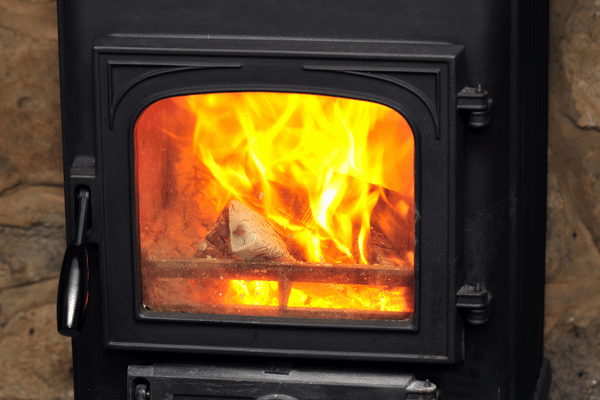
Fir is unlike other softwoods in this way.
The higher density not only allows for more BTUs over a longer period of time, but it lowers the level of sparks coming off it as it burns.
This is another feature that makes it great for use in a wood stove.
Another thing to take into consideration is how much cleanup you need to do after the burn.
Woods that leave a lot of ash and a few coals behind are undesirable because you need to clean your wood stove more frequently.
Fir leaves behind more coals than ash, giving it another edge up on other softwoods for burning.
Is Fir Good Firewood - Comparing Different Species
The most common fir that people will use for firewood is Douglas fir, simply due to its high abundance in most coniferous forests.
But, that isn’t all that’s out there and many people will have access to other species.
The burning properties don’t differ greatly, but it’s enough to take a quick look at.
White Fir Firewood
White fir holds all the same properties of burning as others but tends to burn at a slightly lower temperature over a shorter period of time.
This makes it less appealing to use in a wood stove, but finds its use in other areas.
White fir is commonly used as kindling because it starts easily and can produce enough heat to get everything else started up.
This would be best used in conjunction with other species of wood but is still worth harvesting if you have it around.
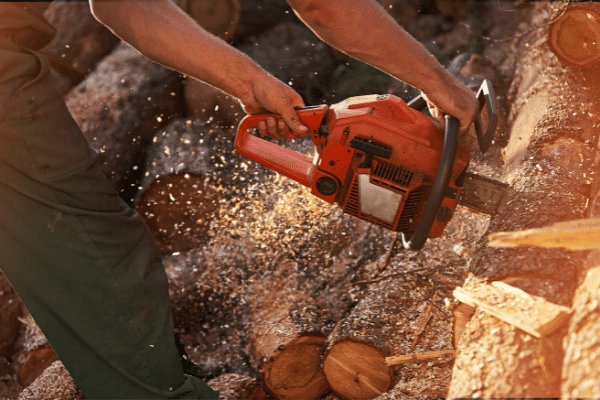
Balsam Fir Firewood
Of all the fir species, balsam is one of the softest.
That makes it burn more similarly to white fir, at a lower temperature and for much less time.
Balsam fir is another great choice for kindling, but won’t produce a lot of heat over a long period of time, so it’s best to use it with other species if you are looking to use it for a wood stove.
Grand Fir Firewood
Grand fir grows quickly, which can make it appealing to foresters looking to repopulate an area, but it burns similarly to balsam and white fir so it isn’t the first choice for those looking to heat their homes.
These three species of fir trees won’t be anyone’s ideal wood for burning in a wood stove, but all make a great choice for kindling that can help get other species of wood burning quickly.
Is Fir Good Firewood - Overall
Overall, fir is a good firewood that can produce mid-level heat for a longer period of time than most other softwoods.
It’s great for splitting easily, leaving little ash behind, and heating your home without too much issue.
If you have easy access to fir trees, it’s a great one to harvest and start seasoning for the next winter.
No matter the species of fir you have, there is a time and a place to burn each one.
